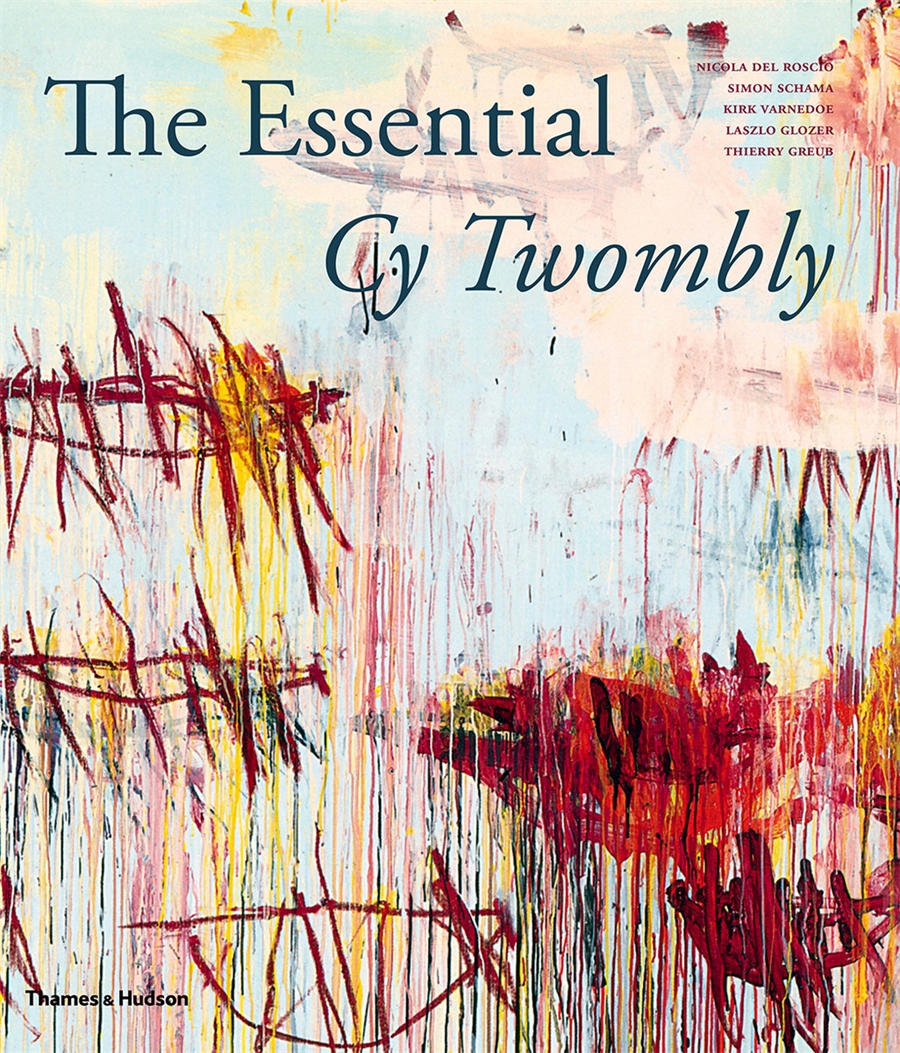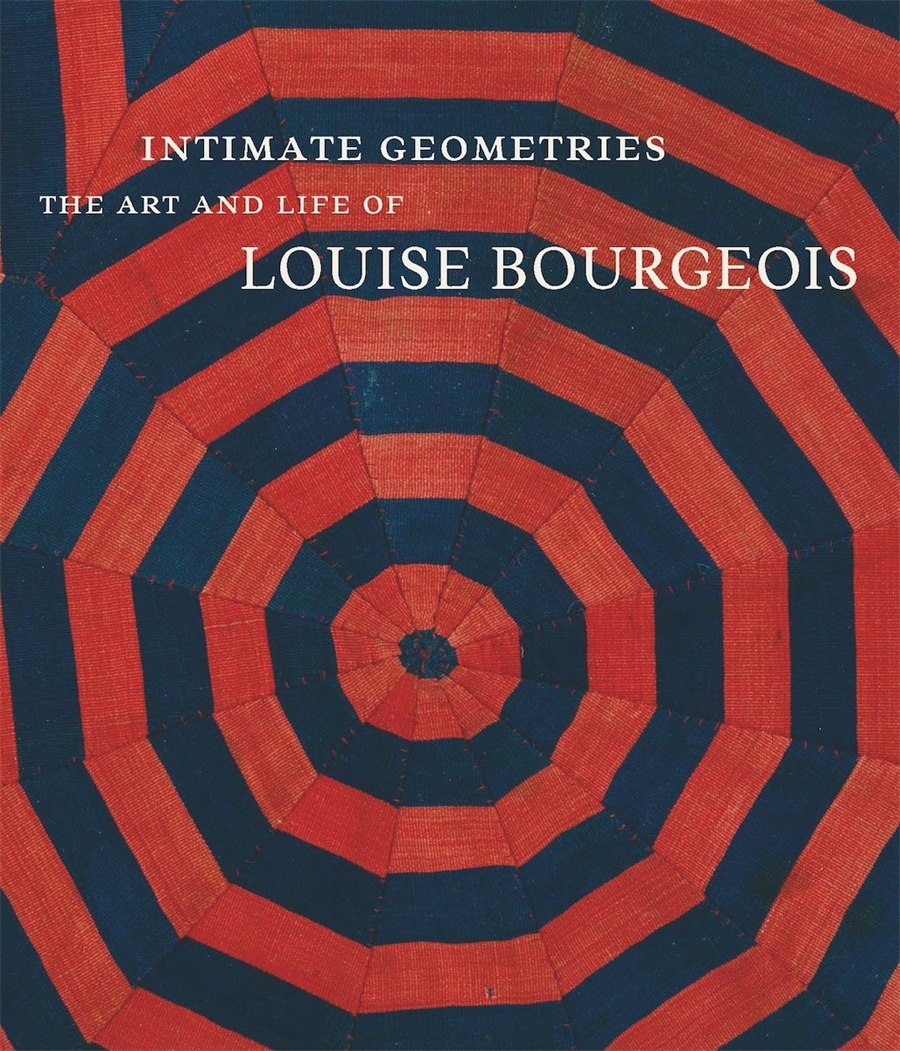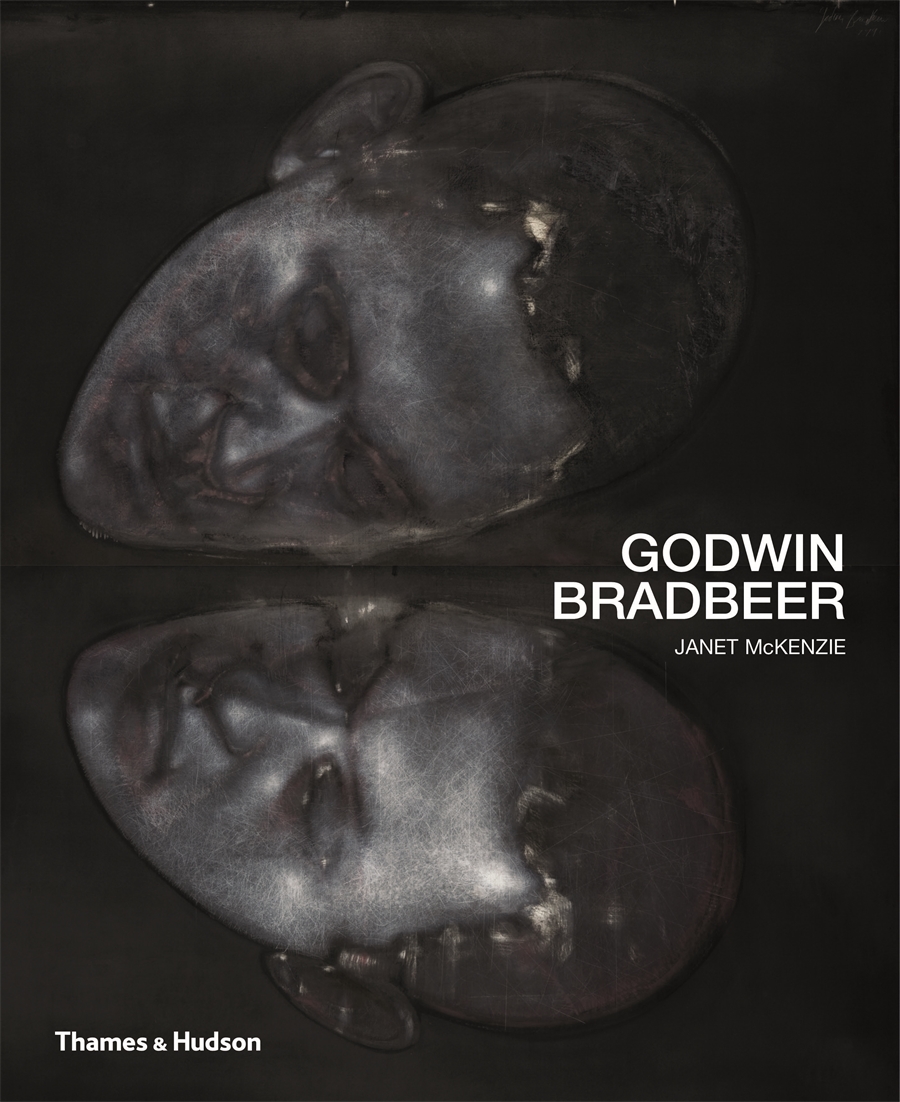Description
A long-overdue evaluation of John Walker’s work from the last half century.
John Walker’s prolific painting career spans over sixty years. His practice is inspired by a range of visual references, notably the work of Goya, Matisse, the Abstract Expressionists and the art of Oceania, as well as by shapes and pattern motifs evoking history, time and place; however, his work cannot readily be defined as abstract or figurative, and his guiding thought is to have a conversation with the art of the past to embrace feeling and touch, and as Goya put it, to be aware of the sound of the brush. His desire to ‘own’ a subject is present in his engagement with the bay at Seal Point, Maine, near where he has lived for many years: ‘It’s about capturing something no one else has seen’.
Walker’s works are in major museums and private collections internationally, and he has exhibited in museums in the UK, US, Australia, New Zealand and China. Despite winning the John Moores Painting Prize in 1976, and being nominated for 1985’s Turner Prize, he has exercised a resistance to reputation-building, and visualizes his studio practice as a slow, evolving process. His uncompromising judgments infuse the work, and are one reason he remains an artist respected and closely watched by many other artists, increasingly by younger admirers.
Including essays by Catherine Lampert and Alex Bacon, this immersive new monograph is a long-overdue evaluation of Walker’s work from the past half century, connecting key works with new perspectives and historical influences, and examining the role of form, colour and presence in his masterly paintings.



